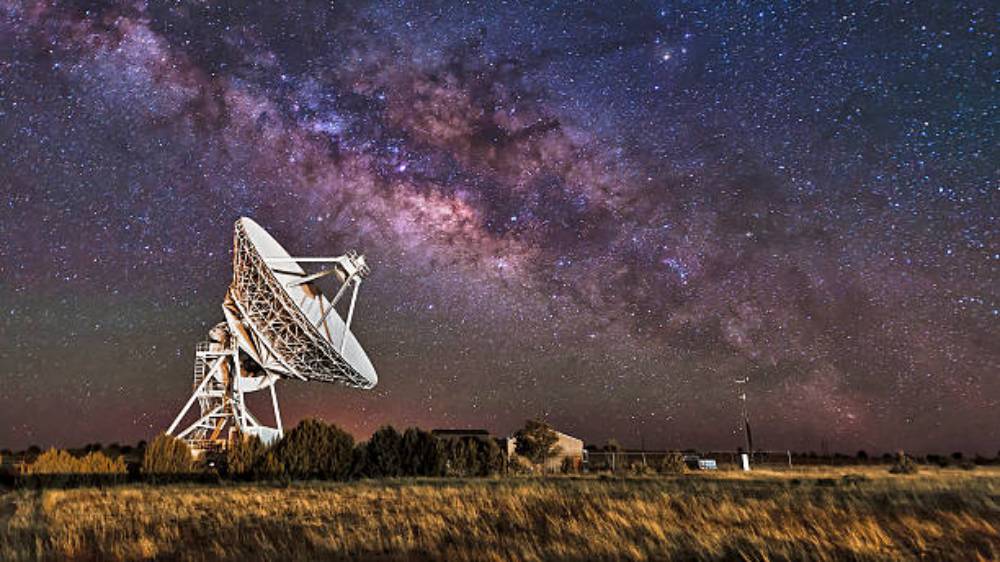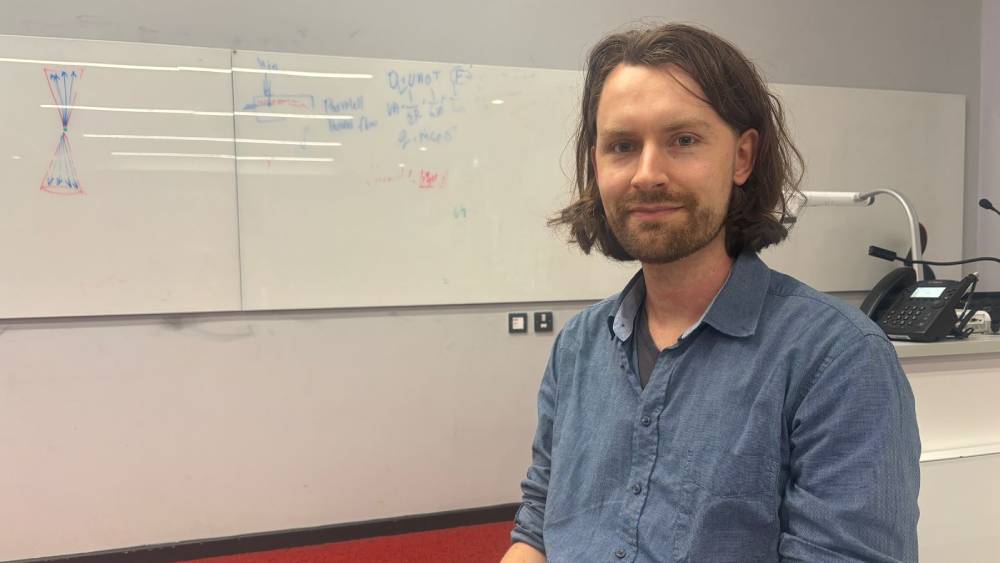Researchers in Cardiff have been instrumental in finding the most clear and precise images of the Universe in its nascent stage.

International research team discovers the cleanest and most precise images of the Universe for the first time using a telescope that Cardiff University scientists were instrumental in building.
In a groundbreaking discovery, researchers from Cardiff University, as part of a larger international team, helped uncover the clearest images of the Universe when it was only a few hundred thousand years old.
Dr Hidde Jense, a research student at Cardiff University and associated with the project said, “We’ve never had such precise images from such an early stage before. We’re calling it the baby phase”.
The discovery was made using the Atacama Cosmology Telescope (ACT), located in Chile’s Atacama Desert. The international team, led by Princeton University in the US, collected and published data from the telescope between 2017 and 2019. Cardiff University is a key member of the collaboration.
Given that the Universe is around 14 billion years old, this is the first time scientists have been able to visualize and map its earliest stages so precisely.

“In the past, the Universe was much smaller and more compact. During that phase, it emitted a kind of light called the cosmic microwave background, or CMB. Though invisible to the naked eye, it is the oldest form of radiation in the Universe. We captured it with our telescope and were able to map the early Universe.”
“It’s essentially microwave radiation,” said Jense.
The study also reveals the formation of ancient hydrogen and helium clouds that eventually gave rise to the first stars and galaxies. It is also investigating the expansion rate of the ever-growing Universe.
Jense noted that while the initial findings were published in the last week of March, a fraction of the data which was gathered till 2022, is still being analyzed.
The Planck satellite, launched more than two decades ago, was previously considered the benchmark for such cosmological mappings. However, the latest research has gone further, capturing finer details with greater precision.
“With our telescope we studied the tiny fluctuations in the temperature of the early Universe,” said Jense. “By measuring those fluctuations, we created an image of the Universe from that time.”

In its earliest phase, the Universe was dense enough to trap light. About 380,000 years after the Big Bang, it cooled enough to form hydrogen atoms. Once atoms formed, light could travel freely instead of being scattered. That ancient light is now detected as CMB using ACT.
Jense compared it to a cooling iron bar: “While cooling down, this iron bar glows or emits heat through light radiation. That radiation travelled an extremely long direction and got captured in our telescope.”
Cardiff University played a crucial role in this international effort spanning 65 institutions and 160 researchers.
“The telescope needs filters to block out unwanted light,” Jense said. “Cardiff built many of those filters and was instrumental in the telescope’s design phase.”
In addition, researchers at the university were deeply involved in data analysis and modelling, contributing to several aspects of the wider project.
Looking ahead, Jense said that ACT was decommissioned two years ago, and its successor, the Simons Observatory is currently under development at the same region. “It will be larger than ACT and capable of capturing even finer details. Our findings are laying the groundwork for what comes next.”
“Cardiff has an excellent instrumentation department,” Jense said. “To make the most of that expertise, parts of the Simons Observatory are being manufactured at the Queen’s Building laboratories at Cardiff University.”
